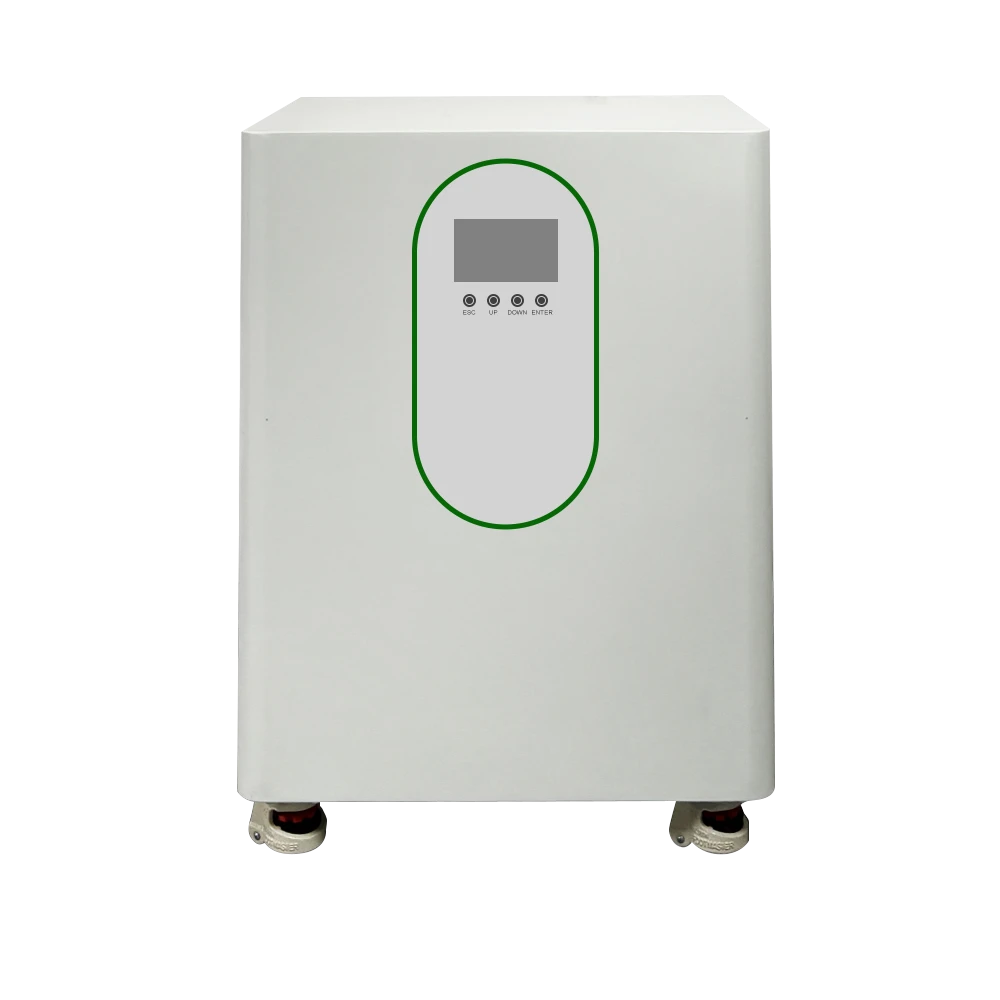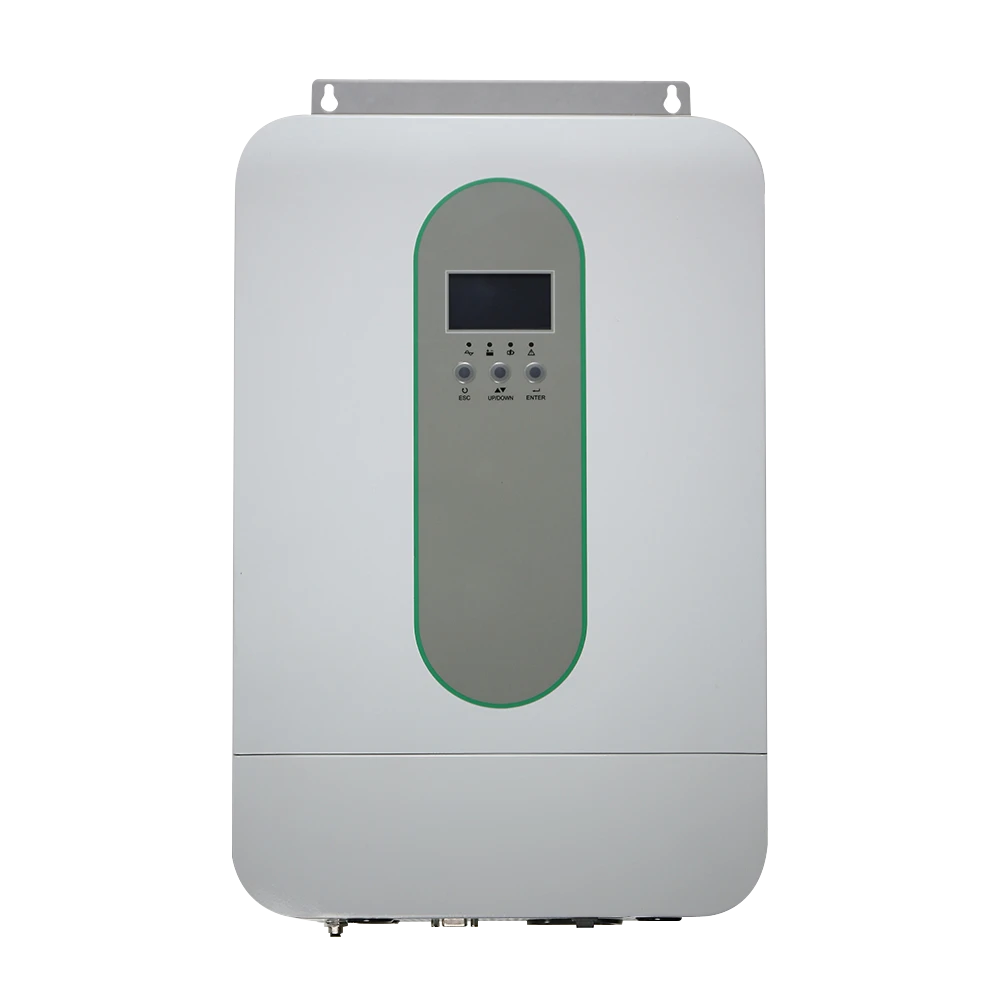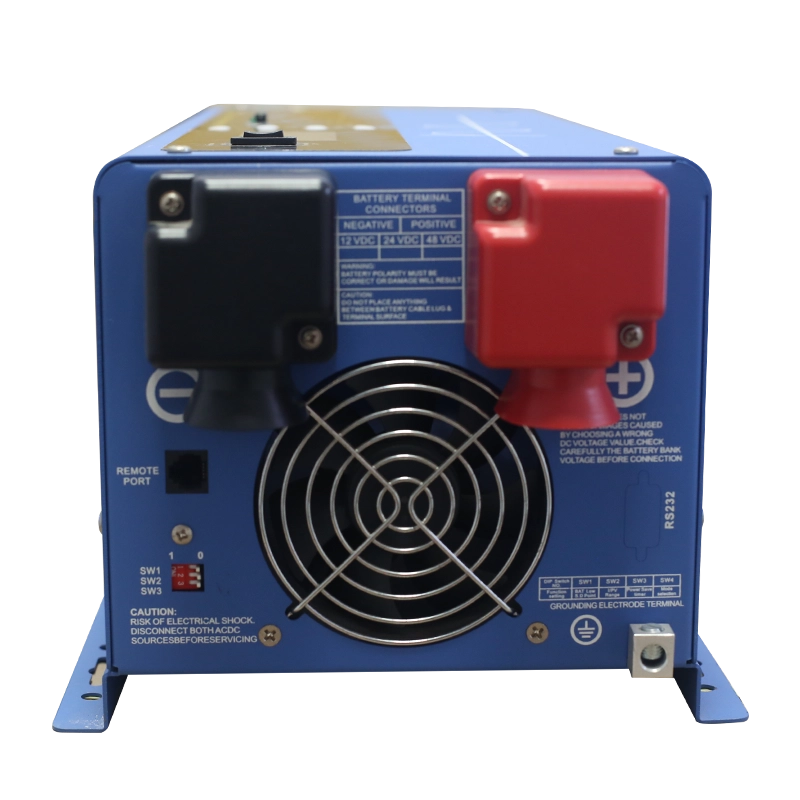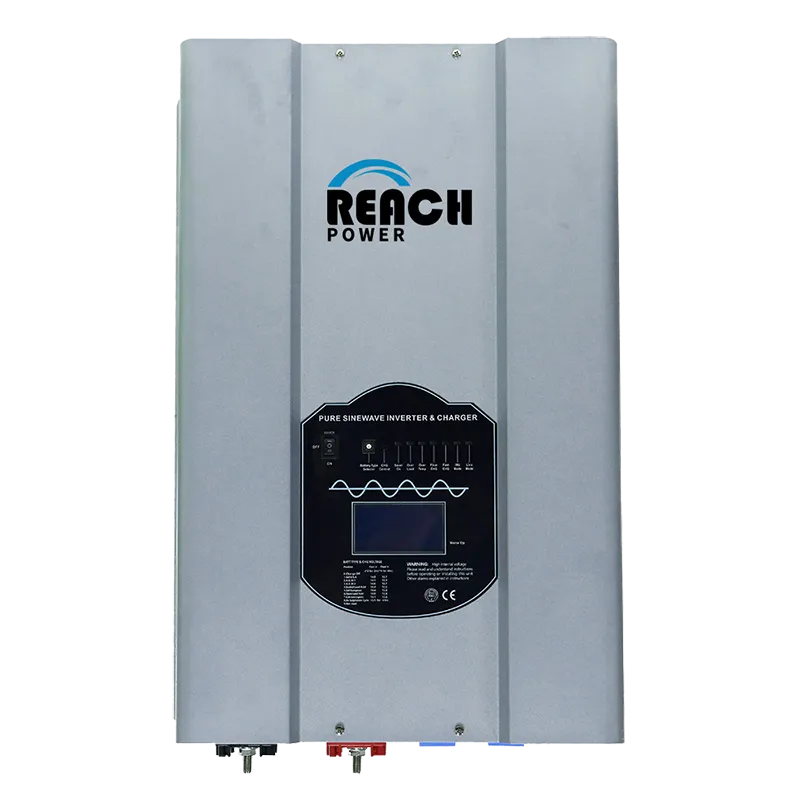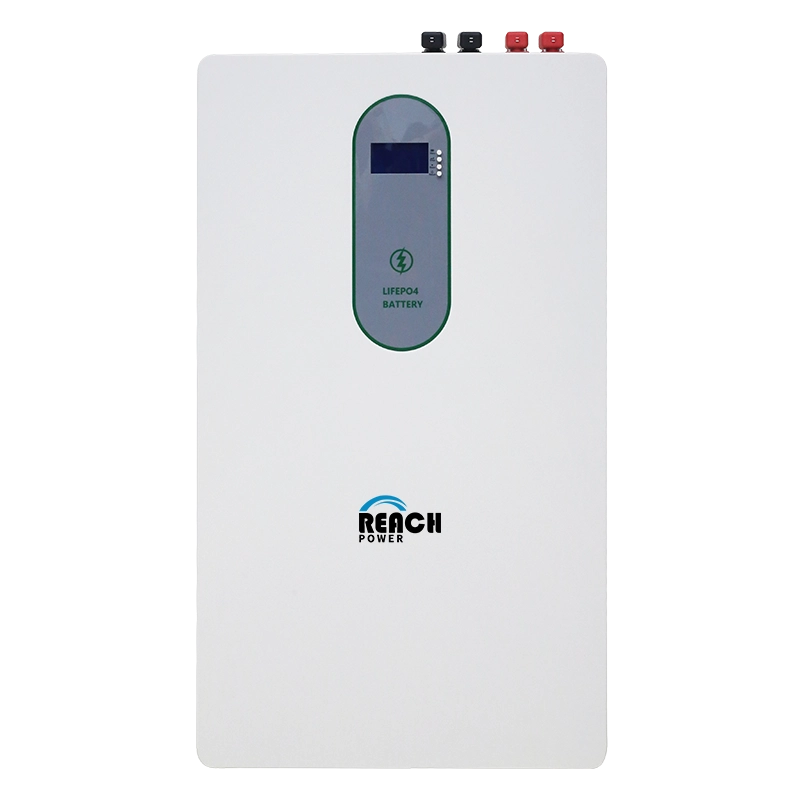Explosive Growth in Battery Patent Filings Signals Technological Acceleration
According to the World Intellectual Property Organization (WIPO) mid-year report for 2024, the battery technology sector is experiencing unprecedented growth. Global patent applications surged 40% compared to the same period last year, setting a new historical record. This remarkable growth underscores the intense research activity driving the global energy transition.
A particularly noteworthy development is that sodium-ion battery patents have surpassed 20% of total filings for the first time, nearly doubling from 12% in 2023. This milestone indicates sodium-ion technology’s transition from laboratory research to industrial application, positioning it to play a significant role in future energy storage solutions.
However, lithium-based technologies continue to dominate, accounting for over 60% of patents. In premium applications like electric vehicles and consumer electronics, lithium battery innovation remains the primary R&D focus. China, Japan, and Europe have emerged as the three major innovation hubs, collectively contributing 95% of global patent applications.
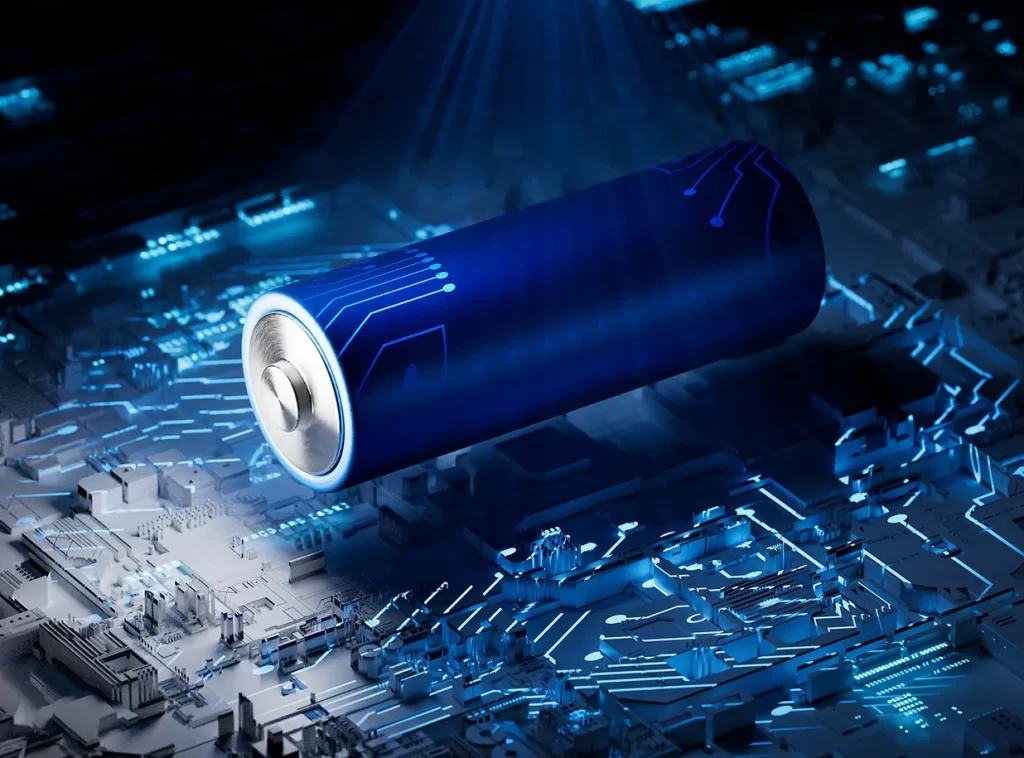
Lithium Battery Technology: Pursuing Higher Energy Density and Safety
Solid-State Battery Development Intensifies
Within lithium battery technology, solid-state batteries have become the hottest research direction. Related patents grew 65% year-on-year in H1 2024, with oxide electrolytes claiming 65% share while sulfide-based approaches declined due to safety concerns. This trend reflects the industry’s growing emphasis on battery safety.
Major breakthroughs from industry leaders include:
- CATL’s oxide solid-state electrolytes achieving 400Wh/kg energy density
- Panasonic’s novel interface modification technology enabling 1,000+ cycles
- LG Energy Solution’s fast-charging technology reaching 80% charge in 15 minutes
Synergistic Innovation in High-Nickel Systems and Silicon Anodes
The pursuit of higher energy density has made high-nickel cathodes paired with silicon-based anodes a key research focus, with related patents growing 50%. Notable advancements include:
- Single-crystal cathodes with over 90% nickel content
- Innovative porous silicon-carbon composite anode structures
- New electrolyte additives improving interface stability
These innovations promise next-gen lithium batteries exceeding 350Wh/kg energy density while maintaining 2,000+ cycle lifetimes.
AI Accelerates Materials Discovery
Artificial intelligence applications in battery materials have exploded. An MIT team’s AI model successfully predicted three new solid electrolyte materials in 2024, reducing traditional development timelines by 80%. This “AI + materials” innovation model is transforming battery R&D paradigms.
Sodium-Ion’s Ascent: The Rise of Cost-Effective Alternatives
Patent Focus on Key Materials
Sodium-ion’s rapid growth stems from innovations in:
- Layered oxide cathodes (45% of patents)
- Polyanion-type cathodes (30%)
- Prussian blue analogs (15%)
- Novel sodium-ion electrolytes (10%)
Chinese companies lead this space, with CATL and HiNa Battery accounting for over 70% of global applications.
Significant Cost Advantages
Sodium-ion’s core competitiveness lies in 30-40% lower material costs:
- Eliminates expensive lithium and cobalt
- Uses aluminum foil instead of copper current collectors
- Maintains lithium battery production compatibility
Industry projections suggest sodium-ion production costs could fall below $70/kWh by 2025, making it highly competitive for energy storage applications.
Clear Application Pathways
Current sodium-ion patents primarily target:
- Grid-scale energy storage (50%)
- Low-speed EVs (30%)
- Backup power systems (20%)
This focused approach helps sodium-ion avoid direct competition with lithium in premium segments, enabling differentiated development.
Future Outlook: Parallel Development of Multiple Technologies
Lithium’s Continued Premium Market Dominance
Despite sodium-ion’s progress, experts predict lithium will maintain leadership for 5-10 years in:
- Premium electric vehicle segments
- Early commercialization of solid-state lithium in luxury vehicles
- LFP batteries’ dominance in energy storage and entry-level EVs
Sodium-Ion to Reshape Energy Storage
With technological improvements and cost reductions, sodium-ion may achieve:
- 15% share in grid storage by 2025
- 30% of global energy storage market by 2030
- Mainstream adoption in low-speed EVs
Policy Environment Impact
The EU Battery Passport regulations will:
- Drive lithium recycling technology patents
- Accelerate sodium-ion’s environmental advantages
- Promote full lifecycle emissions R&D
Conclusion: Innovation Powers Energy Storage Revolution
H1 2024 patent data clearly illustrates global battery technology trends: lithium maintains technological leadership through continuous innovation while sodium-ion carves out new opportunities. This diversified development landscape will deliver optimized energy storage solutions for various applications, accelerating the global energy transition.
Looking ahead, the integration of AI, advanced materials and other cutting-edge technologies promises more groundbreaking advancements. Chinese companies’ leadership in this field provides crucial momentum for global new energy development.

